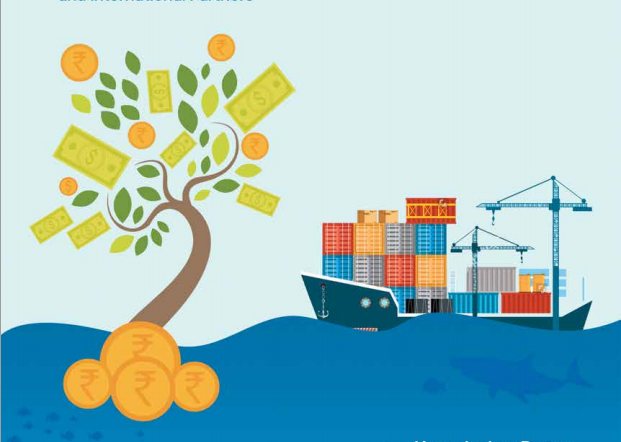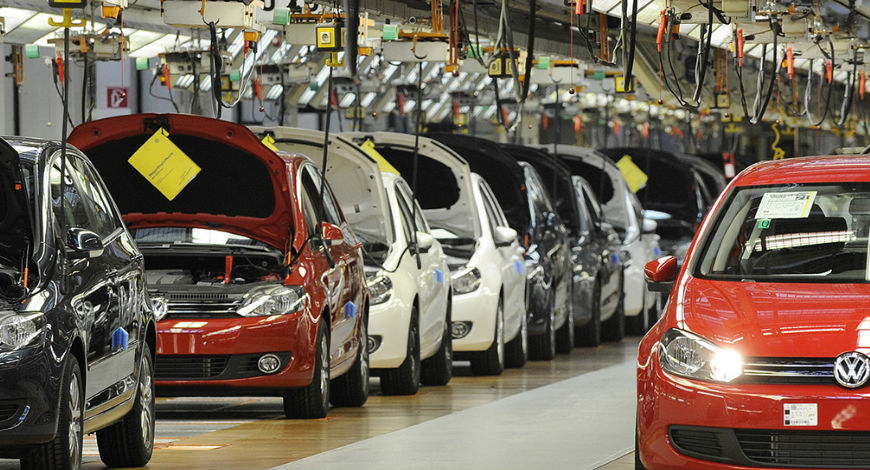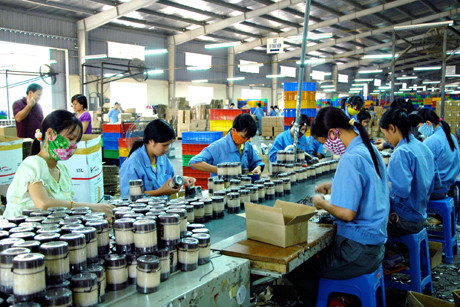In his Independence Day speech, Prime Minister Narendra Modi had announced that the “next-generation” GST reforms would be a Deepavali gift to the nation.
The Goods and Services Tax (GST) Council on September 3, authorised a new paradigm in the indirect tax regime. There will be fewer rates, and the GST on most items have been reduced. While this has been welcomed by most sectors, there are some which are somewhat disgruntled. There are also concerns over the revenue implications.
The rationalisation of the multiple rates in GST, which was introduced in July 2017, has been on the anvil for a long time. The Council had in September T2021 constituted a Group of Ministers (GoM) to look into rate rationalisation. This GoM began its work, but seemingly little progress was made. The GoM was composed entirely of representatives from the States, with no representative from the Centre. So, in order to nudge it in the direction it wanted, the Union government had to make a proposal to the GoM. The Ministry of Finance on August 15, 2025, announced that it had submitted its proposal to the GoM. Earlier, in his Independence Day speech, Prime Minister Narendra Modi had announced that these “next-generation” GST reforms would be a Deepavali gift to the nation.
Following a briefing by Union Finance Minister Nirmala Sitharaman, the GoM had accepted the proposals and forwarded them to the GST Council. The Council then deliberated on these proposals on September 3, following which it announced its decisions.
The existing GST structure has multiple rates, even when considering only the main ones. The main rates comprise 0%, 5%, 12%, 18%, 28%, and a compensation cess over and above the 28% slab. This has been reduced to main slabs of 0%, 5%, 18% and 40%. The compensation cess for most items has been removed.
Apart from this, many items have been moved to lower tax slabs. According to an analysis by the State Bank of India’s economics research wing, of the 453 items that saw a change in their GST rate, 413 (or a little more than 91%) saw rates being cut, while 40 items saw rates increasing. The bulk of the rate reductions — 257 items, mostly common use products — were from the 12% to the 5% slab. Out of the 40 items that saw their rates increase, 17 were moved from the 28% slab to 40%. Here, it is important to note that the actual tax incidence might not have increased. For example, once the compensation cess is added, the effective tax rate on luxury cars and SUVs is 45-50%. That will go down to 40%.
There are several reasons why the GST rate cuts make sense now. The first is that the legal period for the GST compensation cess will likely be coming to an end this calendar year. It can be levied up to March 31, 2026 or till when the Centre pays off its loans, whichever is earlier. Ms. Sitharaman said she expects the loans to be repaid this calendar year. The removal of this cess, without raising the base rates on tobacco products, would mean that these ‘sin’ goods would have suddenly become significantly cheaper. This is something the Union government could not be seen to be condoning. That set a time limit by when the new rates had to be implemented. The other reason is that the government expects some sort of detrimental impact from the 50% tariff imposed by the U.S. on imports from India. This is clear from the fact that, despite a strong 7.8% GDP growth in Q1 of financial year 2025-26, the government has not changed its 6.3%-6.8% growth estimate for the full year, implying it expects growth in the subsequent quarters to be significantly slower. The boost from the GST rate cuts is expected to offset this hit.
The healthcare industry voiced its approval of the changes, saying the decision to reduce GST in the sector from 12% to 5% on a wide range of medical products would directly benefit patients. The renewable energy sector, too, praised the decision to reduce taxes on renewable energy components from 12% to 5%, saying this was a progressive step towards accelerating India’s clean energy transition. Consumer appliance makers were also upbeat about the cuts, saying it would boost demand, especially in the run-up to the festive season.
The real estate sector said that bringing down the GST rate on cement from 28% to 18%, and on other building materials such as granite slabs, would reduce costs for the sector and be a big boost. Auto manufacturers said the reduction of GST on cars and non-luxury bikes from 28% to 18% would spur demand.
The textile industry welcomed the downward revision of GST rates for both man-made fibre and cotton sectors to 5%, but also voiced its disappointment over the 18% duty for garments priced above Rs.2,500 each. Auto manufacturers welcomed the rate rationalisation.
The insurance sector will likely also see a mixed picture from the GST rate cuts. The exemption of personal life and health insurance from GST will increase insurance penetration, but the simultaneous removal of input tax credits might increase costs for insurers, thereby eating into their profits.
The Centre said the revenue implication would be Rs.48,000 crore based on consumption patterns in 2023-24. However, the real impact will be ascertained only when new data is obtained. The SBI research team estimates it to be a much smaller Rs.3,700 crore. States ruled by non-BJP parties, are worried. They have voiced their demand for a cess to be levied on items in the 40% slab, the proceeds of which can be used to compensate States for the revenue hit. This was not accepted by the Council. The States will have to look for their own sources, and the 16th Finance Commission, to make up any losses.
 Indian Industry Plus A Pratisrutiplus Suppliment
Indian Industry Plus A Pratisrutiplus Suppliment
















